Date: 02 Jun 2023
How to properly water your houseplant
Water is life, and that certainly applies to your potted plants as well. So water regularly, but how much and how often, and when is the best time to water, and what kind of water should I use?
These and other questions will be answered on this page.
Because by watering your plants properly, you can contribute a lot to their healthy growth and significantly increase your yield.
How much to water?
The first and probably most important question when watering your plants concerns the frequency of watering and the correct amount of water. Of course, you don't want your grow to dry out, but overwatering the root zone is almost more dangerous. The basic rule is: the soil should always be moist, but never wet. You can easily determine it by the weight of the pots. The temperature in your grow room or box also plays an important role in this context. In a hot environment, plants naturally need more water, also because much of it is released through evaporation through the leaves. (If transpiration through the leaves is high, the plants also need less fertilizer). Other important factors that influence are the size of the plant and its stage of development (seed, growth, flowering), as well as the size of the pots you use to grow it. The structure of the soil or growing substrate also affects the optimal amount of water. It is also important how well the drainage of the root area works, i.e. how quickly or slowly the water drains again. (If water is retained in the pads, it must be drained quickly, otherwise bacteria can easily form).
Our Growmart blog tip: How to successfully transition from soil to coconut
Do you water your grown every day?
Rather not. The frequency of watering depends on the specific water needs of your plants, not fixed intervals. How often you need to water the grown, in turn, depends a lot on the size of the plants and the pots, as well as on the amount and structure of the substrate used. (If you have to water every day, this is an indication that the pots are too small: it's time to transplant). The soil should already be really dry (not completely dry, of course) before watering because the plant needs oxygen as well as water for healthy growth. In this context, our Air-Pots or fabric pots offer a very good and oxygen-rich alternative. It is best to lift the pot before watering and note the weight before watering because dried soil has almost no weight. When you develop a feel for this weight, you can estimate your plants' water needs very well. Tip: Very dry soil doesn't absorb water directly, but lets it through itself. Therefore, first moisten the soil a little and then water it "properly" after a short time.
Drained watering
If you need to water your grow every two days, you can water the plants while they are still wet, or until the water runs out of the bottom of the pot. (Drained watering) The plants then seem to have a greater need and take up both water and the important oxygen. If you only need to water every 3-4 days, then your pots may be too large and you should use suitable smaller pots for the next grow or grow the plants bigger accordingly. (Especially when the plant goes into flowering, the available area should be well shaped to ensure the best possible supply of nutrients). Of course, not all plants need the same amount of water. Therefore, it is recommended to lift all the pots individually and water the plants according to their needs. The genetics of your plants also affect their thirst. If you are growing a new varietal group, it may drink differently than the old ones. Always remember: your third breeding is your first breeding.
The best time to water
It is best to water your crop in the morning or in the first hours of light. The chemical processes of plant growth begin with (sun)light and the plant receives enough water to do so. Watering in the evening or at the end of the lighting phase should be avoided, as it greatly increases the risk of water retention or root rot. The water you water with should ideally have a temperature of around 20° Celsius.
Watering your plant with tap water?
When watering your beloved plants, of course, it's not just about the right amount and the right time, but also the right water. If you are watering with tap water, it depends on your location and the hardness of the water in that area. Tap water can be hard (with a high concentration of minerals and calcium), but it can also be soft (with a low concentration of minerals and calcium). There are regional differences here. Soft rainwater is the best water for your plants, especially when you drip directly from the eaves. Hard water, on the other hand, can lead to the formation of calcium deposits in the soil, which can worsen the conditions for the development of the root system of plants. This means that over time there is less root area for nutrient and water absorption, and the plant becomes less resilient and more susceptible to disease.
What can you do if your tap water is hard?
There are several options here:
· One option is to use a filter that removes or reduces water hardness. Most often, reverse osmosis filters or activated carbon filters are used. However, this can be an expensive solution and requires regular filter maintenance.
· Another option is to use soft water that you have collected from the rain. You can install a rainwater harvesting system that will collect the water from the roof into a tank. This water is softer and more suitable for watering plants.
· If none of the above options are possible, you can use tap water, but mixed with soft water. For example, you can buy distilled water or collect it using devices to collect moisture from the air.
Generally speaking, it's important to water your plants properly and with the right amount of water to keep them healthy and strong. The correct amount and frequency of watering, as well as the quality of the water, are important factors in the successful cultivation of plants.

 New products
New products 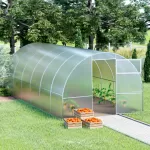
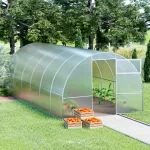
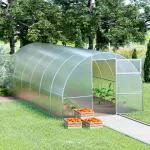
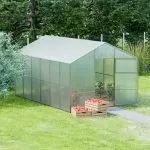
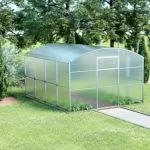



































































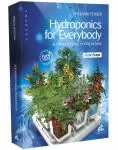

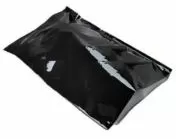
 Presents
Presents


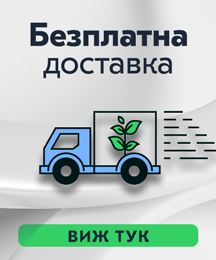
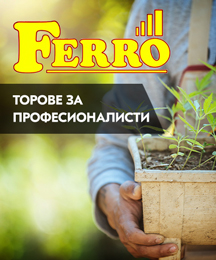
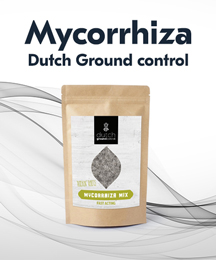




Post comment